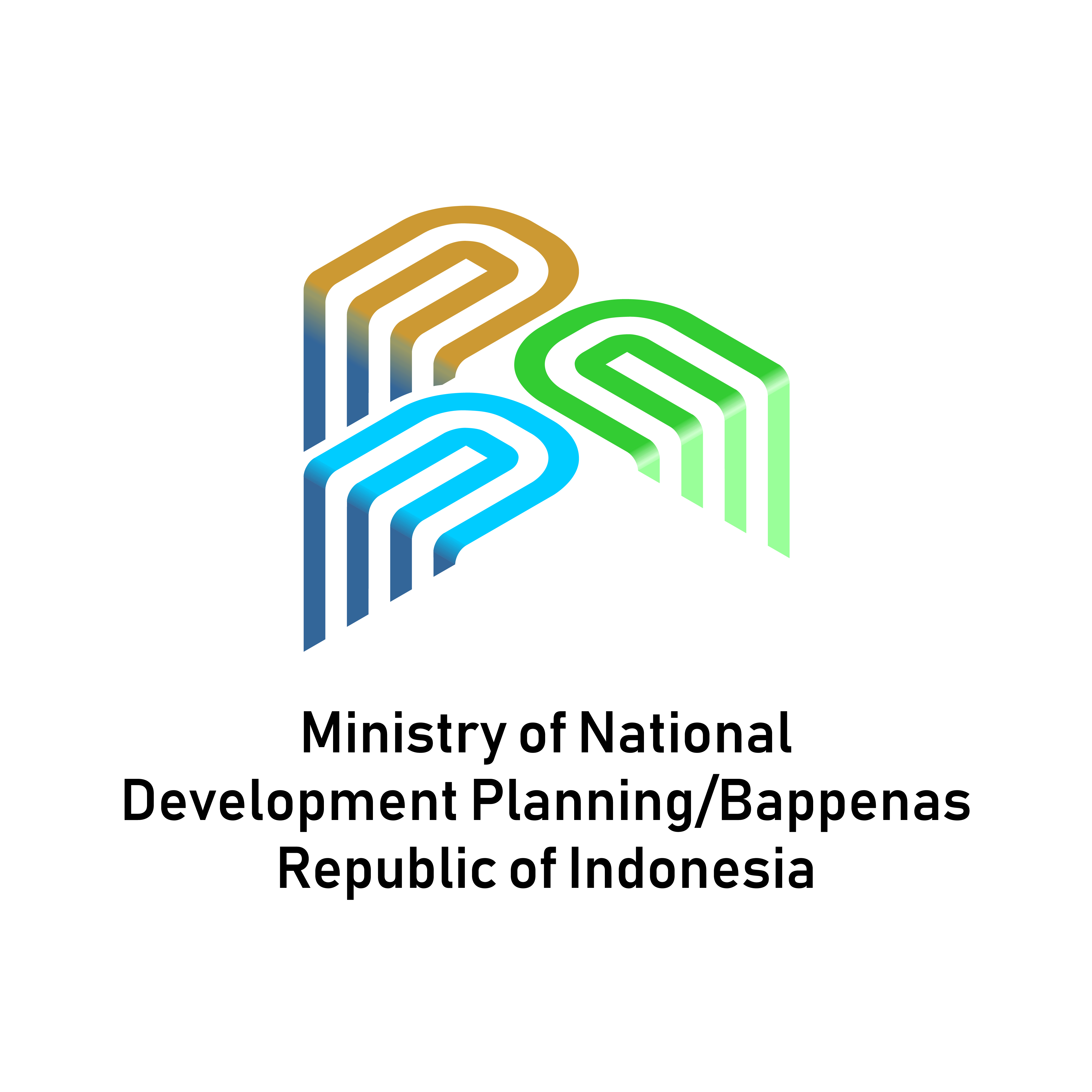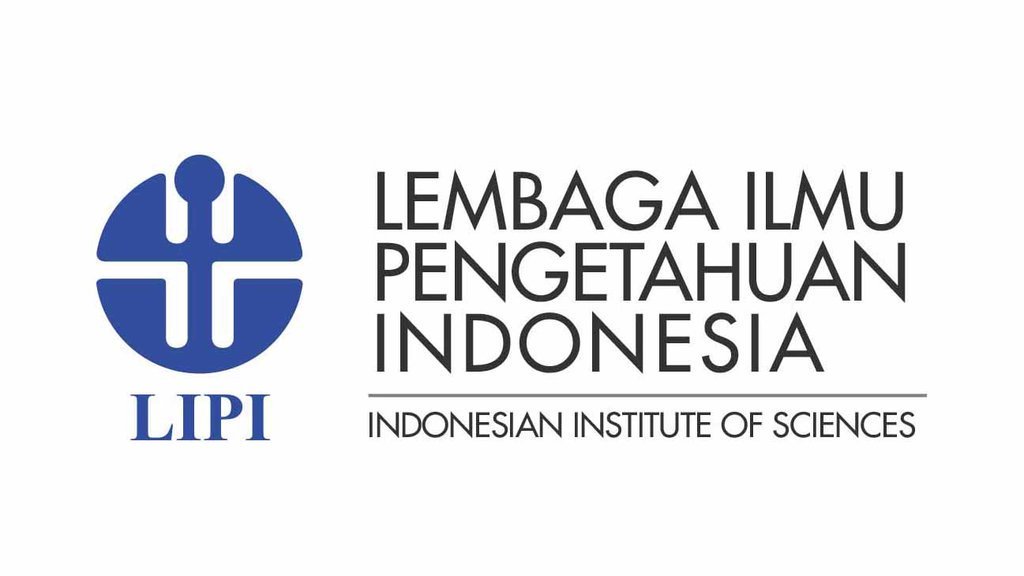The Impact of Biogas Utilization on Poverty in Indonesia
DOI:
https://doi.org/10.36574/jpp.v5i2.201Keywords:
Biogas, DID, Energy, PovertyAbstract
The provision of reliable, adequate, and sustainable energy services has been a global challenge until today. Without the availability of energy, particularly for cooking and lighting, leads to difficulties in achieving the expected quality of life, mainly for underprivileged people who have not met the minimum standard of living. In order to fulfill the necessity of energy, new renewable energy sources are needed, one of which is through biogas installations. The purpose of this study was to find empirical evidence related to the impact of biogas utilization on poverty, especially in rural areas, by transforming the number of underprivileged people in an area. Through Village Potential (Potensi Desa/Podes) data 2008 – 2018, Biogas development from the Ministry of Energy and Mineral Resources in 2011-2017, and using the difference-in-differences (DID) method, it is expected that this study might contribute to the literature, especially related to energy, with comprehensive results. This study detected that after the implementation of biogas installation program, the number of beneficiaries of health insurance programs in villages with biogas installations decreased by 136 people compared to villages without biogas.
Downloads
References
Adam, L. (2012). The Roles and Problems of Infrastructure in Indonesia. Economics and Finance in Indonesia, 60 (1): 105-126.
Alemayehu, Y. A. (2015). Status and Benefits of Renewable Energy Technologies in the Rural Areas of Ethiopia: A Case Study on Improved Cooking Stoves and Biogas Technologies. International Journal of Renewable Energy Development, 4(12). https://doi.org/10.14710/ijred.4.2.103-111
Alexopoulus, S. (2012). Biogas systems: basics, biogas multifunction, principle of fermentation, and hybrid application with a solar tower for the treatment of waste animal manure. Journal Eng Sci Tech Rev, 5.
Ali, A., Rahut, D. B. & Behera, B. (2016). Factors influencing farmers' adoption of energy-based water pumps and impacts on crop productivity and household income in Pakistan. Renewable and Sustainable Energy Reviews, 54: 48-57. https://doi.org/10.1016/j.rser.2015.09.073
Bappenas. (2019). Pemanfaatan Biogas Nasional.
Bappenas. (2020). Peraturan Presiden Nomor 18 Tahun 2020 tentang Rencana Pembangunan Jangka Menengah Nasional Tahun 2020-2024.
Belcher, B., Achdiawan, R. & Dewi, S. (2015). Forest-Based Livelihoods Strategies Conditioned by Market Remoteness and Forest Proximity in Jharkhand, India. World Development, 66: 269–279. https://doi.org/10.1016/j.worlddev.2014.08.023
Biogas-Cost and Benefits. (2016). In Energypedia. https://energypedia.info/wiki/Biogas_-_Costs_and_Benefits
Bond, T. and Templeton, M. R. (2011). History and future of domestic biogas plants in the developing world. Energy for Sustainable development, 15(4): 347-345. https://doi.org/10.1016/.esd.2011.09.003
Dash, M., Behera, B. & Rahut, D. B. (2018). Understanding the factors that influence household use of clean energy in the Similipal Tiger Reserve, India. National Resource Forum, 42(1): 3-18. https://doi.org/10.1111/1477-8947.12140
Dragicevic, V., Miletic, M. & Pavkovic, B. (2015). Investigation on possibilities for biogas production from organic waste on the Croatian island of Krk. Tehnicki Vjesnik, 22(3): 755-762.
Gwavuya, S. G., et al. (2012). Household energy economics in rural Ethiopia: A cost-benefit analysis of biogas energy. Renewable Energy, 48: 202-209.
Harahap, F. I. (2018). Dampak pemberdayaan masyarakat melalui program biogas dalam mewujudkan kemandirian energi. Jurnal Pendidikan dan Pemberdayaan Masyarakat, 5(1): 41-50.
IEA, IRENA, UNSD, WB & WHO. (2019). Tracking SDG 7: The Energy Progress Report 2019. Washington DC.
Jana, C. (2016). Sustainable domestic lighting options for poor people - an empirical study. Environ Dev Sustain, 18: 1559–1573. https://doi.org/10.1007/s10668-015-9702-6
Kementerian Energi dan Sumber Daya Mineral. (2016). Biogas: Mengolah Limbah Jadi Berkah.
Kementerian Energi dan Sumber Daya Mineral. (2019). Overwiew Program Pengembangan Biogas.
Kementerian Kesehatan Republik Indonesia. (2012). Data Base Terpadu Sasaran Jamkesmas dari TNP2K. https://www.kemkes.go.id/article/view/1930/data-base-terpadu-sasaran-jamkesmas-dari-tnp2k.html
Kementrian Kesehatan Republik Indonesia. (2014). Jamkesmas. https://www.kemkes.go.id/article/print/13010200021/jamkesmas.html
Korenman, S., Remler, D. K. & Hyson, R. T. (2020). Health insurance and poverty of the older population in the United States: The importance of a health inclusive poverty measure. The Journal of the Economics of Ageing, 18: 100297. https://doi.org/10.1016/j.jeoa.2020.100297
Liu, Z., et al. (2016). Improved bulk density of bamboo pellets as biomass for energy production. Renewable Energy, 86: 1-7.
Lutfiah, U., Setiawan, E. & Lucia, S. S. (2015). Ketidaktepatan Sasaran Jaminan Kesehatan Masyarakat Berdasarkan Kriteria Miskin Pendataan Program Perlindungan Sosial. Jurnal Kesehatan Masyarakat Nasional, 9 (4).
Muralidharan, K. and Prakash, N. (2017). Cycling to School Increasing Secondary School Enrollment for Girls in India. American Economic Journal: Applied Economics, 9(3): 321–350. https://doi.org/10.1257/app.20160004
Peters, M. A. and Besley, T. A. (2014). Children in Crisis: Child Poverty and Abuse in New Zealand. Journal Educational Philosophy and Theory, 46(9): 945-961.
Putra, A. R. S., Liu, Z. & Lund, M. (2017). The impact of biogas technology adoption for farm households–Empirical evidence from mixed crop and livestock farming systems in Indonesia. Renewable and Sustainable Energy Reviews, 74: 1371–1378. https://doi.org/10.1016/j.apenergy.2010.05.011
Sari, A. P. (2019). Pengaruh Remitansi Terhadap Perbedaan Kesejahteraan Rumah Tangga Di Indonesia Dengan Metode Prospensity Score Matching. Jurnal Ekonomi Pembangunan, 8(2): 2302-9595.
Sawatdeenarunat, C., et al. (2016). Anaerobic biorefinery: Currents status, challenges, and opportunities. Bioresource Technology, 215: 304-313. https://doi.org/10.1016/j.biortech.2016.03.074
Smith, J. U. (2011). The Potential of Small-Scale Biogas Digesters to Alleviate Poverty and Improve Long Term Sustainability of Ecosystem Services in Sub-Saharan Africa. Presented in Interdisciplinary Expert Workshop - Addis Ababa University. Ethiopia: 16-18 May 2011.
Sustainable Energy and Technology Management (SETM). (2014). Final report on Study on socio-economic impact of Biogas Support Programme in Nepal. Nepal: Kathmandu.
Tumiwa, F. and Imelda, H. (2011). Kemiskinan Energi Fakta-fakta yang ada di masyarakat Indonesia. Indonesia: IESR.
Wang, J., Feng, Q. & Zhang, J. (2016). Education and targeted poverty reduction. Educational Research, 7: 12-21.
Wirawan, H. (2019). Dampak Program Elektrifikasi Off-Grid Berbasis Energi Baru Terbarukan Terhadap Kemiskinan di Indonesia. Unpublished Magister thesis. Indonesia: Universitas Indonesia.
World Economic Forum. (2015). The Global Information Technology Report 2015: ICTs for Inclusive Growth.
Yasar, A., et al. (2017). Socio-economic, health and agriculture benefits of rural household biogas plants in energy scarce developing countries: A case study from Pakistan. Renewable Energy, 108: 19-25.
Downloads
Published
How to Cite
Issue
Section
License
This is an open-access article distributed under the terms of the Creative Commons Attribution-NonCommercial-ShareAlike 4.0 International License. Copyright © Kementerian PPN/Bappenas RI


















